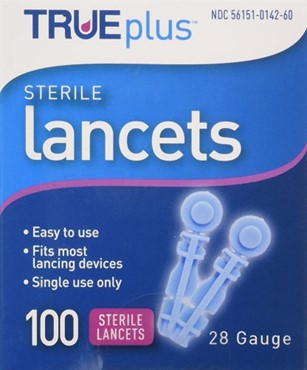A nurse is teaching about food choices to a client who has chronic kidney disease and must limit potassium intake.
Which of the following choices should the nurse recommend as containing the least potassium?
1/2 cup nonfat yogurt.
1 medium baked potato with skin.
2 tbsp peanut butter.
1 cup white rice.
The Correct Answer is D

White rice is a low-potassium food that can be recommended for a client who has chronic kidney disease and must limit potassium intake.
Nonfat yogurt (choice A) contains moderate amounts of potassium and may not be the best choice for someone who needs to limit their potassium intake.
A medium baked potato with skin (choice B) is high in potassium and should be limited to a low-potassium diet.
Peanut butter (choice C) also contains moderate amounts of potassium and may not be the best choice for someone who needs to limit their potassium intake.
Nursing Test Bank
Naxlex Comprehensive Predictor Exams
Related Questions
Correct Answer is A
Explanation

The nurse should instruct the client to obtain sterile lancets for blood glucose monitoring.
Lancets are small needles used to prick the skin to obtain a blood sample for testing blood glucose levels.
Choice B is wrong because compression stockings are not necessary for blood glucose monitoring.
Choice C is wrong because toenail clippers are not necessary for blood glucose monitoring.
Choice D is wrong because a hand mirror is not necessary for blood glucose monitoring.
Correct Answer is D
Explanation

White rice is a low-potassium food that can be recommended for a client who has chronic kidney disease and must limit potassium intake.
Nonfat yogurt (choice A) contains moderate amounts of potassium and may not be the best choice for someone who needs to limit their potassium intake.
A medium baked potato with skin (choice B) is high in potassium and should be limited to a low-potassium diet.
Peanut butter (choice C) also contains moderate amounts of potassium and may not be the best choice for someone who needs to limit their potassium intake.
Whether you are a student looking to ace your exams or a practicing nurse seeking to enhance your expertise , our nursing education contents will empower you with the confidence and competence to make a difference in the lives of patients and become a respected leader in the healthcare field.
Visit Naxlex, invest in your future and unlock endless possibilities with our unparalleled nursing education contents today
Report Wrong Answer on the Current Question
Do you disagree with the answer? If yes, what is your expected answer? Explain.
Kindly be descriptive with the issue you are facing.
